We’re in the middle of a “mainstream lies” series right now. We took a break for a week, but now we’re back at it. This week, we’re tackling education!
First, make sure you don’t miss any of the previous ones:
- 12 Mainstream Pregnancy Lies You Likely Believe
- 12 {More} Mainstream Pregnancy Lies You Likely Believe
- 12 Mainstream Baby Lies You Likely Believe
- 12 Mainstream Vaccine Lies You Likely Believe
- 12 {More} Mainstream Baby Lies You Likely Believe
- 12 Mainstream Nutrition Lies You Likely Believe
This one kind of bugs me, because there are so many education lies floating around out there. When I hear them, I honestly have uncharitable thoughts towards some of the people perpetuating them. (I mean — when someone’s championing a particular method of education as being “the best” and that method is the most common/mainstream one, and they’re actively against alternatives that they clearly don’t understand, I tend to think they can’t actually think critically and are really a great example of why their method is not best.)
But this isn’t about there being one right way to educate a child. It’s about breaking down some of the lies we’ve been told about the best way because the truly best way varies based on each child’s needs. There’s no one-size-fits-all here.
Still, there are general principles that do or don’t apply, and we need to get past what our society believes is “ideal” and find out the truth!
12 Mainstream Education Lies You Probably Believe
1. Kids require public school to be properly socialized
Oh yes, the silly socialization myth. In what world are adults ever in the same room with the same 30 people for an entire year, where they are told not to talk except at lunch and recess? How is this, in any way, “authentic” socialization? I’d argue that public-schooled-kids actually get most of their socialization during extracurricular activities, after-school play dates, or on the weekends.
…and that’s exactly where alternative schooled kids get it, too. Play dates with friends. Sports teams. Going to the park. Visiting the grocery store. And so on. Socialization is learning to interact with “the real world” in authentic ways, not being locked in a highly controlled classroom where you can’t talk without permission. Regardless of school choice, most socialization happens outside the classroom.
(Yes. Homeschooled kids do go out a lot. They aren’t chained up in the basement or glued to the kitchen table, replicating “school at home” all day.)
2. Public school provides a well-rounded education (more than other options)
Not necessarily.
These days, funds have been cut to the bone, and many schools have been forced to limit courses to “the basics” (reading, writing, math, science, history). In many areas, the fine arts are severely limited or no longer taught. Foreign language offers have been cut down or eliminated. The offers aren’t so great in many public schools.
Additionally, the actual core curriculum varies widely by which school district or state you are in. Things are taught different (especially in history class) in the south vs. the north. Poorer districts have more dated textbooks than wealthier ones. Education isn’t by any means necessarily “well rounded” in public schools.
In contrast, alternative students (and public students!) have access to online courses for free or cheap, which can provide many more options than any single school could. Check out MOOC, an organization dedicated to getting courses from businesses and major universities online. It’s all free!
Plus, many students have access to post-secondary programs. In our state, homeschooled students in grades 7 – 12 can take any college course at any public university for free. They could earn a degree before they even finish high school!
Anyway, there are resources out there for all students to provide a well-rounded education, but public schools aren’t doing the job.
3. Standardized tests are the best way to measure progress
They absolutely are not. Even public school advocates have been (rightly) speaking out against them for years now.
Standardized tests supposedly measure progress because they’re, well, standardized — the same for everyone. But they only measure what a student can remember and put down on the test — or what they can guess, on multiple-choice tests. There’s also no guarantee that the student actually knows or will remember the information later, or that they can use it in real-world settings. They don’t measure creativity, problem-solving, or critical thinking. And they’re a poor measure for students who struggle with test anxiety, dyslexia, and other test-related issues.
Bottom line, standardized tests aren’t helping kids learn more, and are in fact taking away valuable classroom time from more edifying projects because students must “learn what’s on the test.” Time in any education setting would be better spent doing group projects, individualized reading and math in small groups, independent learning time, etc. to encourage problem-solving, creative thinking, teamwork, and more.
4. Early academics gives kids an advantage
There’s been a huge push in the last 10 – 15 years to get kids started earlier and earlier with academics. We’re asking 3 and 4-year-olds to learn to recognize all their letters, write their names, and read sight words. The thinking is that the earlier they are exposed to academic learning in a formal way, the more successful they will be later on.
Only, they won’t.
Studies show that early academics does lead to early success — through the middle of elementary school. But by late elementary school and middle school, those students are actually falling behind. They don’t think as creatively, they don’t ask as many questions, and they don’t have the framework to understand new information. (Younger kids tend to just memorize sight words, which means that when they run across a new word, they simply don’t know what it is and often don’t guess. Kids who learned later and learned about phonics, root words, etc. have a framework for guessing what a new word might mean and end up with a much richer and larger vocabulary as a result.)
Young children learn best through play. They learn by testing ideas and exploring their world in a hands-on way. Most experts now believe that it is better to delay formal academics until at least age 7, and before that follow a play-based curriculum. This is done in some schools in other parts of the world, as well as some alternative schools or homeschooling methods here in the U.S.
5. Kids have to go to public school to have access to extracurricular activities
One of the arguments against homeschooling (I actually looked at a site that promotes “benefits” of public schooling over homeschooling, and this was listed) is that kids can’t access extracurricular activities if they’re homeschooled.
In fact, they can.
The “Tim Tebow” law makes it legal for students in any state to access clubs, sports, etc. at the district they would attend if they went to public school. They’re subject to the exact same rules as public-schooled kids when it comes to this (i.e. they have to try out for the team or audition for the play, and might not make it, just like everyone else). But they absolutely can participate.
Plus, there are plenty of non-school-based sports teams, art clubs, drama studios, and so on that kids from any schooling environment can participate in.
6. Homework reinforces learning and is necessary
Surprisingly, more recent studies show that it’s not. There’s no evidence that it helps learning or knowledge retention in elementary or middle school at all, and only marginally in high school. Plus, many students find it very frustrating or difficult, especially if they have a lot to do. This article is an excellent summary of the issue from well-known education expert, Alfie Kohn.
7. Public schooling prepares kids better for college/life than alternative options
Nope.
There’s no single method of schooling that is guaranteed to produce the best outcomes or even better outcomes for all students. Successful students come out of public, private, and homeschools every single year. In fact, some studies show that, on average, homeschooled students are better prepared for adult life than others are.
This idea stems from believing that public school is the “real world” and by avoiding it, a student doesn’t learn how to cope. But studies and real-life experiences prove otherwise.
8. Homeschooling does not allow children to access other viewpoints/diversity
This belief stems from a misunderstanding of what homeschooling looks like. People who say this believe that homeschooled students sit around a kitchen table all day, every day, and learn only what their parents spoon feed to them and nothing else.
In fact, most homeschooled students participate in classes, coops, sports teams, etc. and often go out to museums, with friends, etc. during the day. They actually are exposed, in many cases, to more diversity than are public educated students. Many deliberately teach or read different viewpoints — for example, teaching both creation and evolution and discussing the merits of each theory (while most public schools just teach evolution as fact).
Of course, it can vary widely by family (and school system!), but there’s no guarantee that any particular educational setting will produce “diversity” or teach about multiple viewpoints. In public education, it can depend on the beliefs of the teacher, in some cases.
9. Qualified teachers are the best people to teach gifted or developmentally delayed students
A lot of parents with special needs students feel they “have” to send them to school because a qualified teacher is the best person to reach their child.
This may be true in some cases, depending on an individual student’s needs. But often times, parents who know their children and who can access private therapists or tutors, or who simply understand their child’s needs best, are going to be the best person to teach them. I personally know many families who have pulled their special needs kids out of school, or who have chosen not to send them, who feel their child’s needs were better met at home.
I encourage parents of special needs students to fully explore all schooling options — public, private, homeschool, or a combination of these.
10. Alternative-schooled students do not have adequate access to special courses in art, advanced math, photography, etc. compared to public school
Actually, they usually have more access!
Most public schools no longer have the funding to offer extra classes like these. In contrast, magnet and charter schools (which are still considered public, but are not available in many areas) offer more choices like these. Private schools often do, too. Homeschooled students can easily access classes through local businesses, community colleges, or online to learn these skills. It’s actually much easier for alternative-schooled students to access special courses.
Of course, public schooled students can access them, too! Post-secondary options are available or taking courses at local business or online in the evenings or on the weekends (or in the summer).
11. Lectures, worksheets, and tests “prove” that learning has occurred
This is probably one of the biggest myths out there. Lectures, worksheets, and tests are the “stuff” of traditional schools. It isn’t required for learning and doesn’t prove that learning has occurred. Worksheets are just busywork and may help some students, but many don’t think that way. Lectures may share new information, but many students won’t remember it. Tests prove students remembered the information long enough to write it down — but they may forget soon after, and may not fully understand the information.
Most students learn best in a hands-on manner, and the best way to evaluate their work is to do a portfolio assessment. That is, to keep samples of what they have done over time to see how their understanding has expanded.
See Why Busy Work is Not Education.
12. Six hours per day of instructional time is needed for adequate learning
Some people wonder if homeschooled (or alternative schooled) students really have the same number of “school hours” as their public-schooled counterparts. The answer is no.
But they don’t need it!
Public school includes a fair amount of busy work so that teachers can address the needs of several different groups of students. It includes a lot of “classroom management” time, transitions between classes, and lunch and recess. None of these are necessary as part of a “school day” for homeschooled students.
Instead, these other students do the work they need to do to learn, with no extra busy work, and obviously no classroom transitions. Their actual “learning time” is probably similar, but the number of hours “in school” is not the same.
Plus, the number of hours is not actually indicative of the amount of learning achieved. A motivated student can learn more in 20 minutes than a bored, disengaged one can in 2 hours!
What are the biggest education lies you’ve heard?
SaveSave

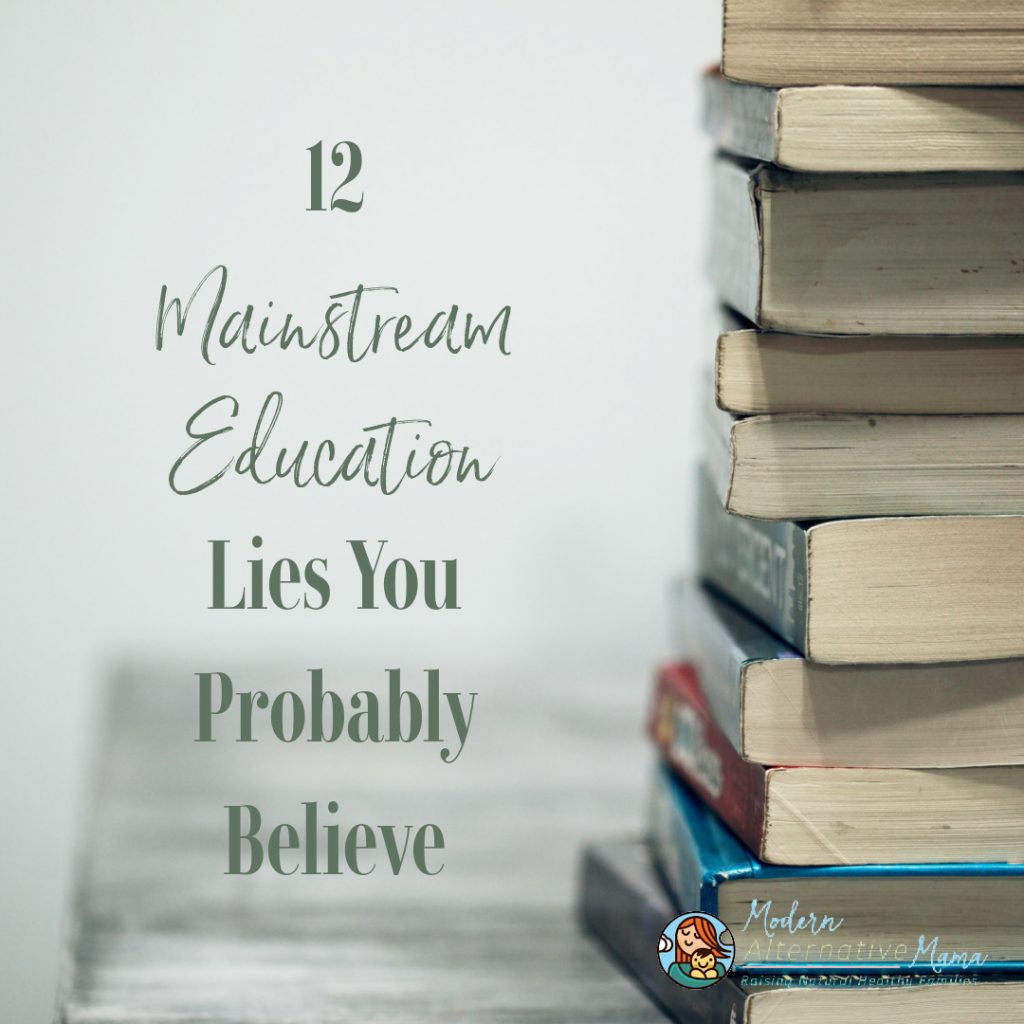
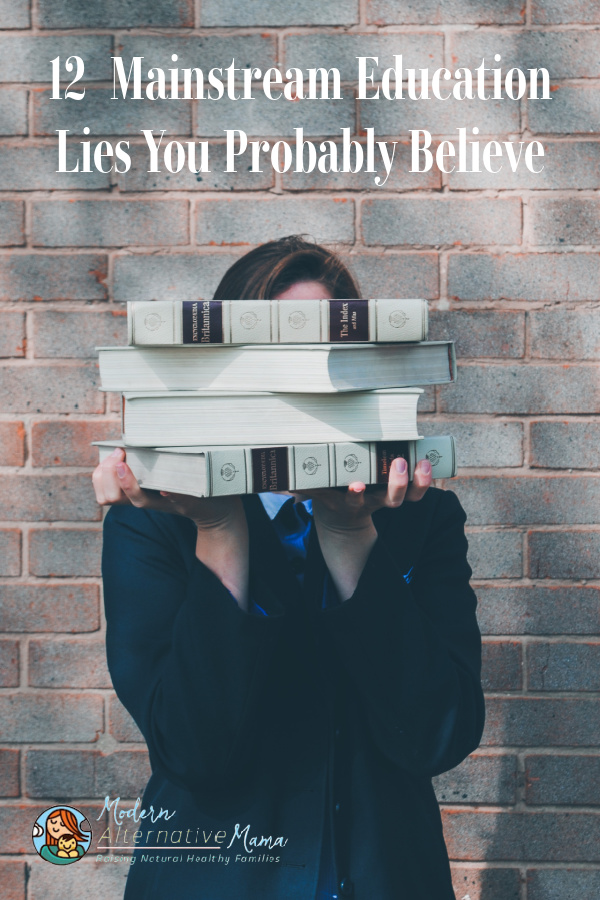
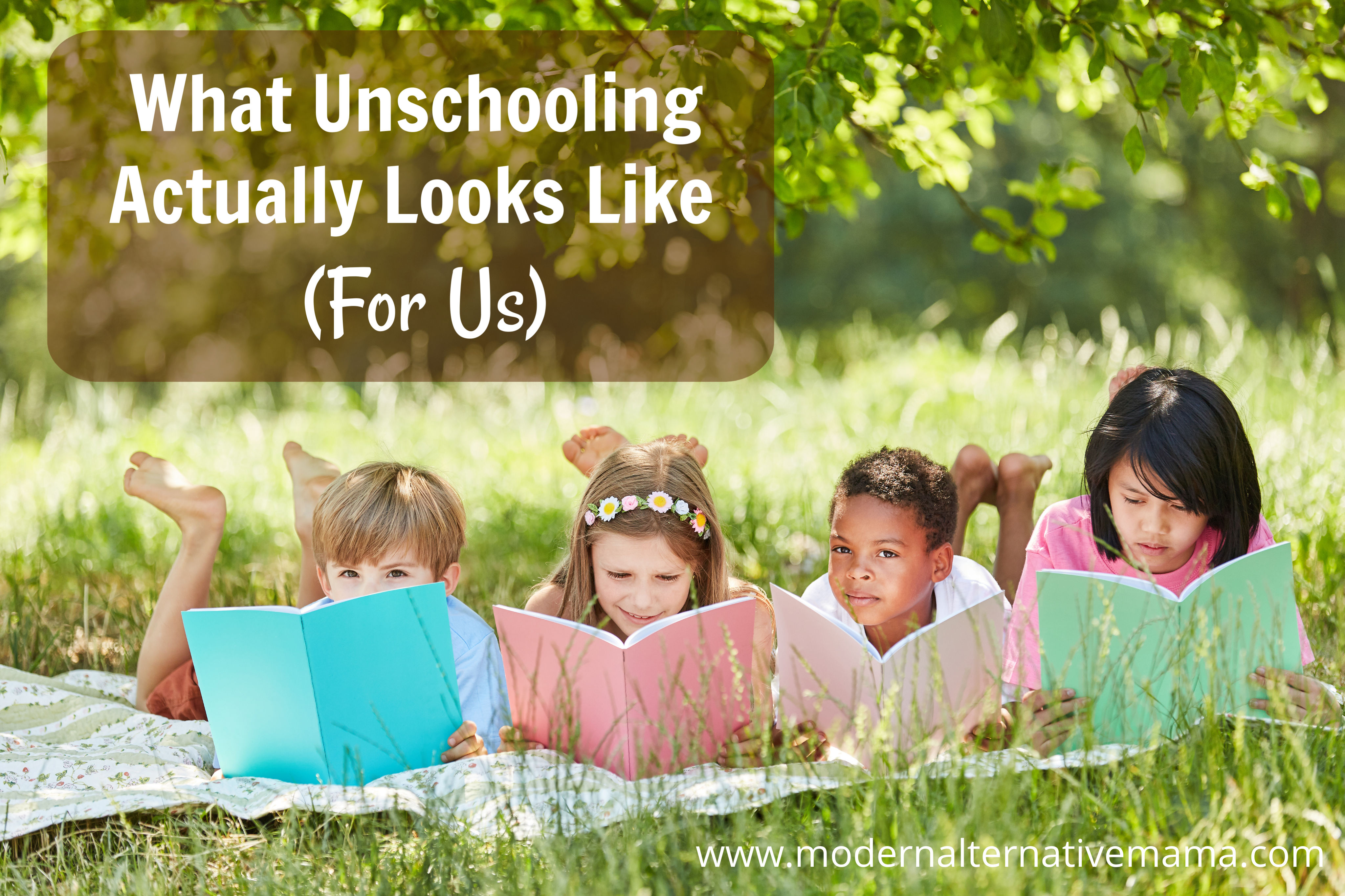
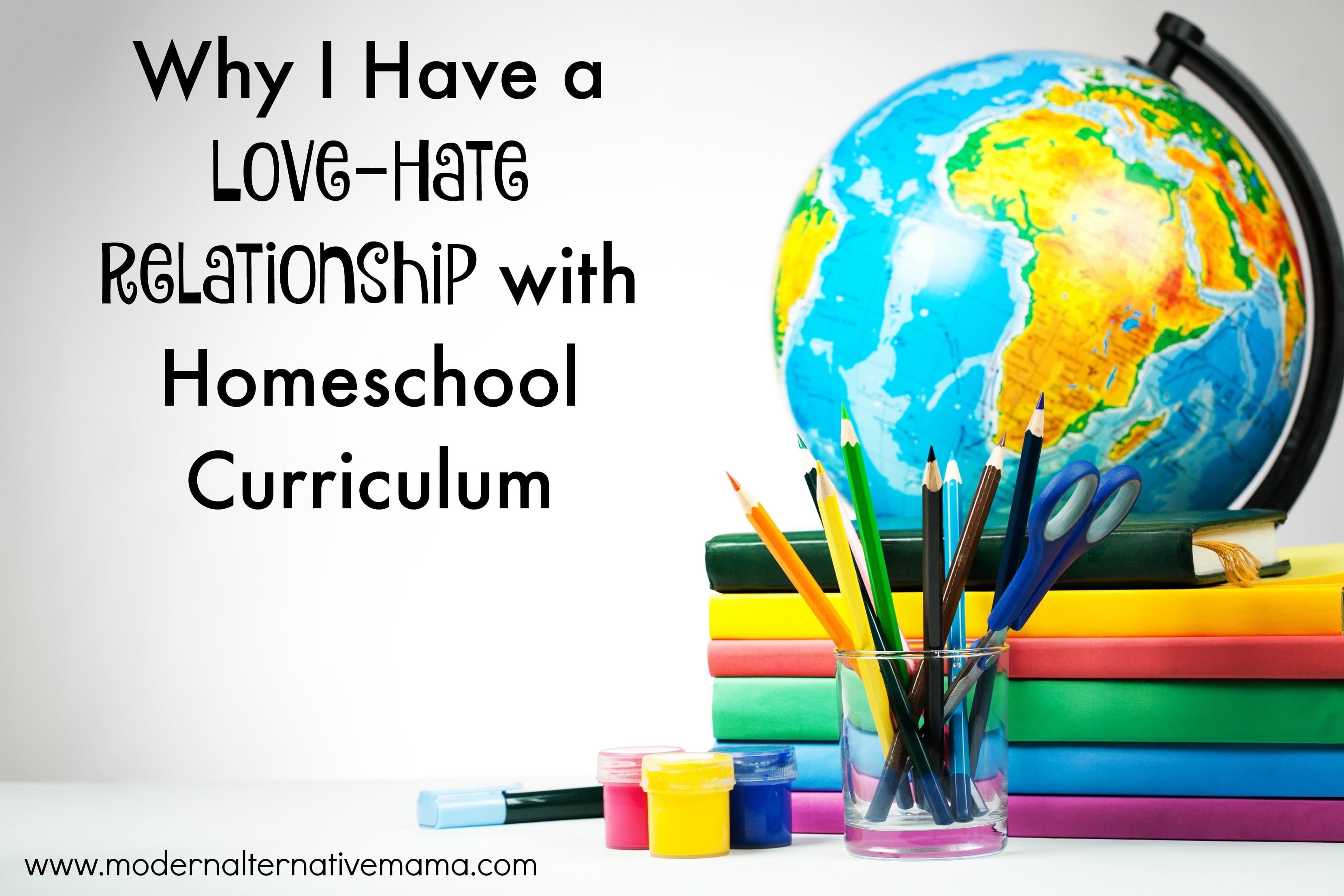
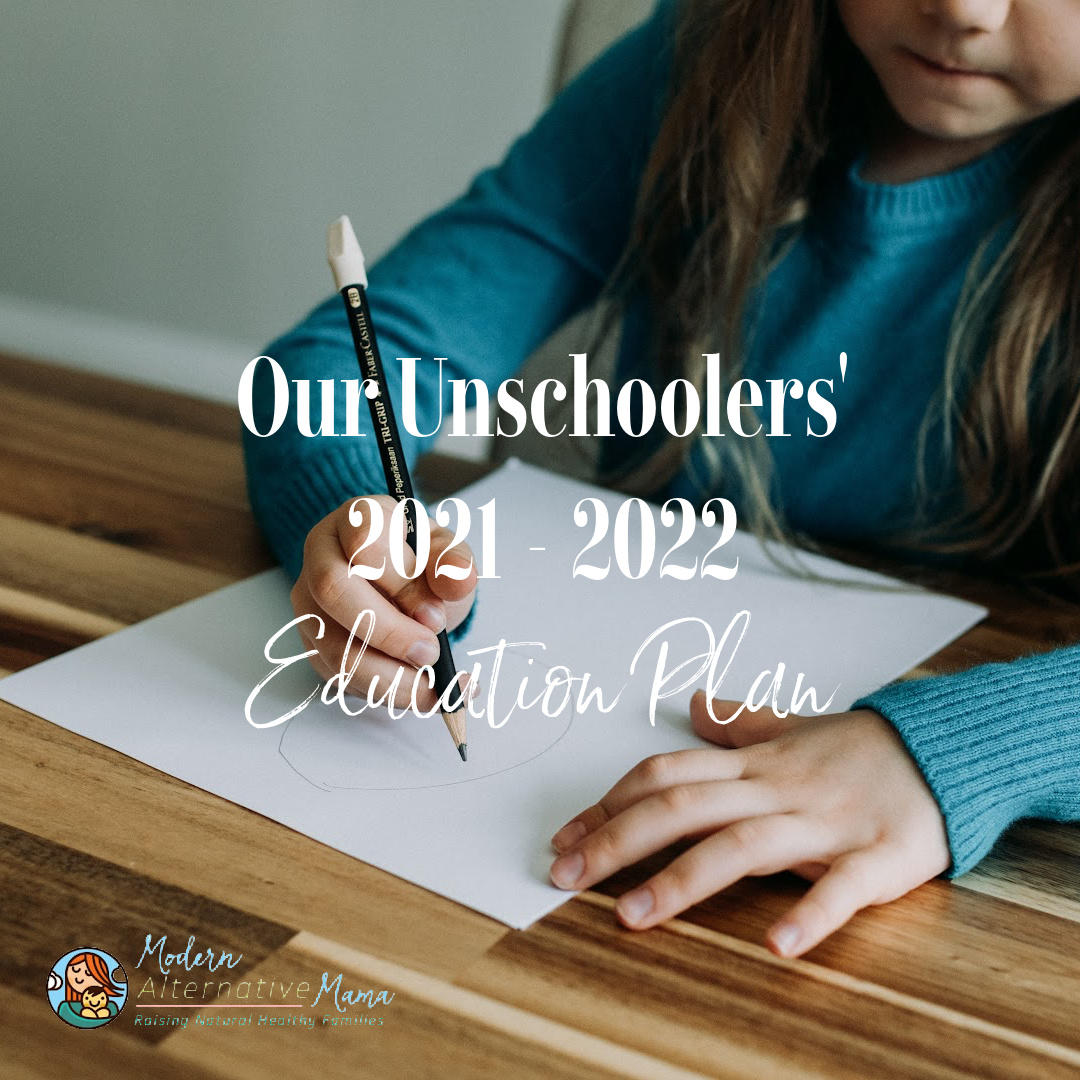
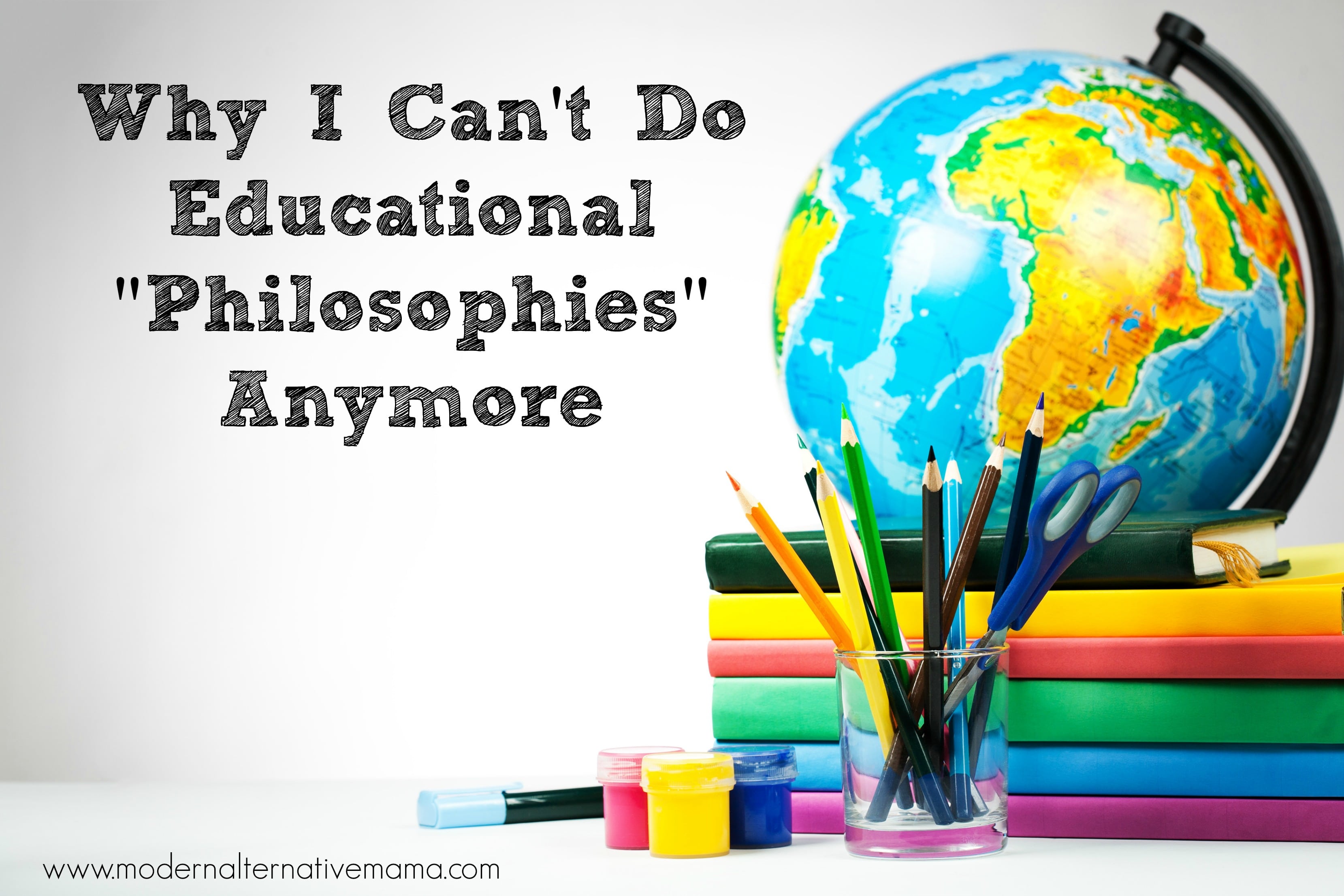

I’m going to politely disagree with the Tebow bills. They’re actually requiring more hoops for homeschoolers, not the same. Yes, they all have to try out, BUT they’re requiring standardized test scores above a certain level, where they do not require that of public school students. For the public school students, they only require passing grades on report cards.